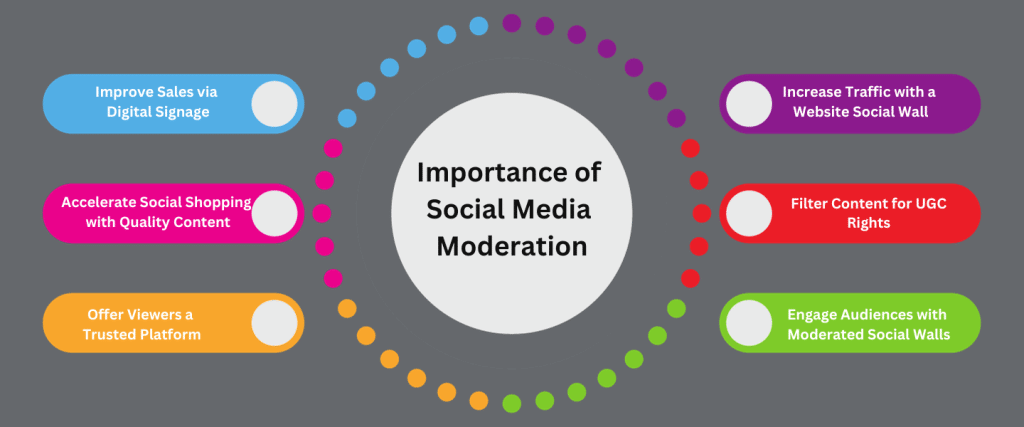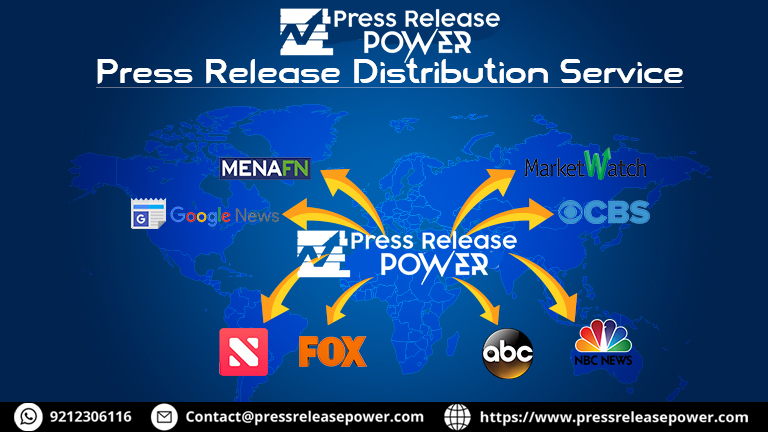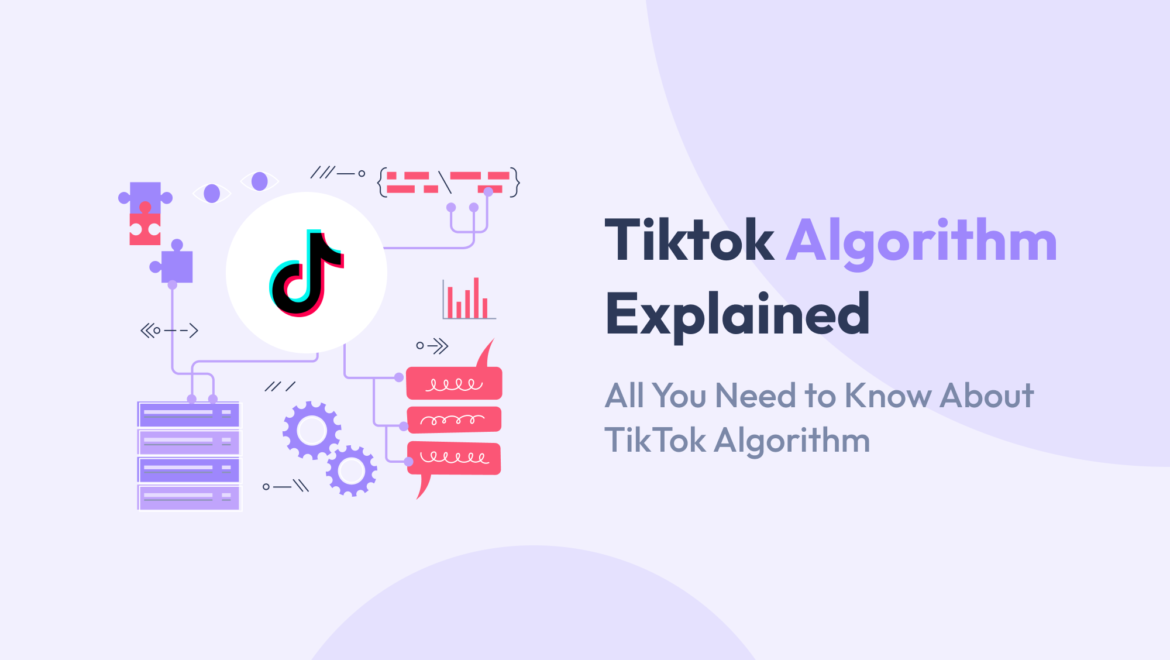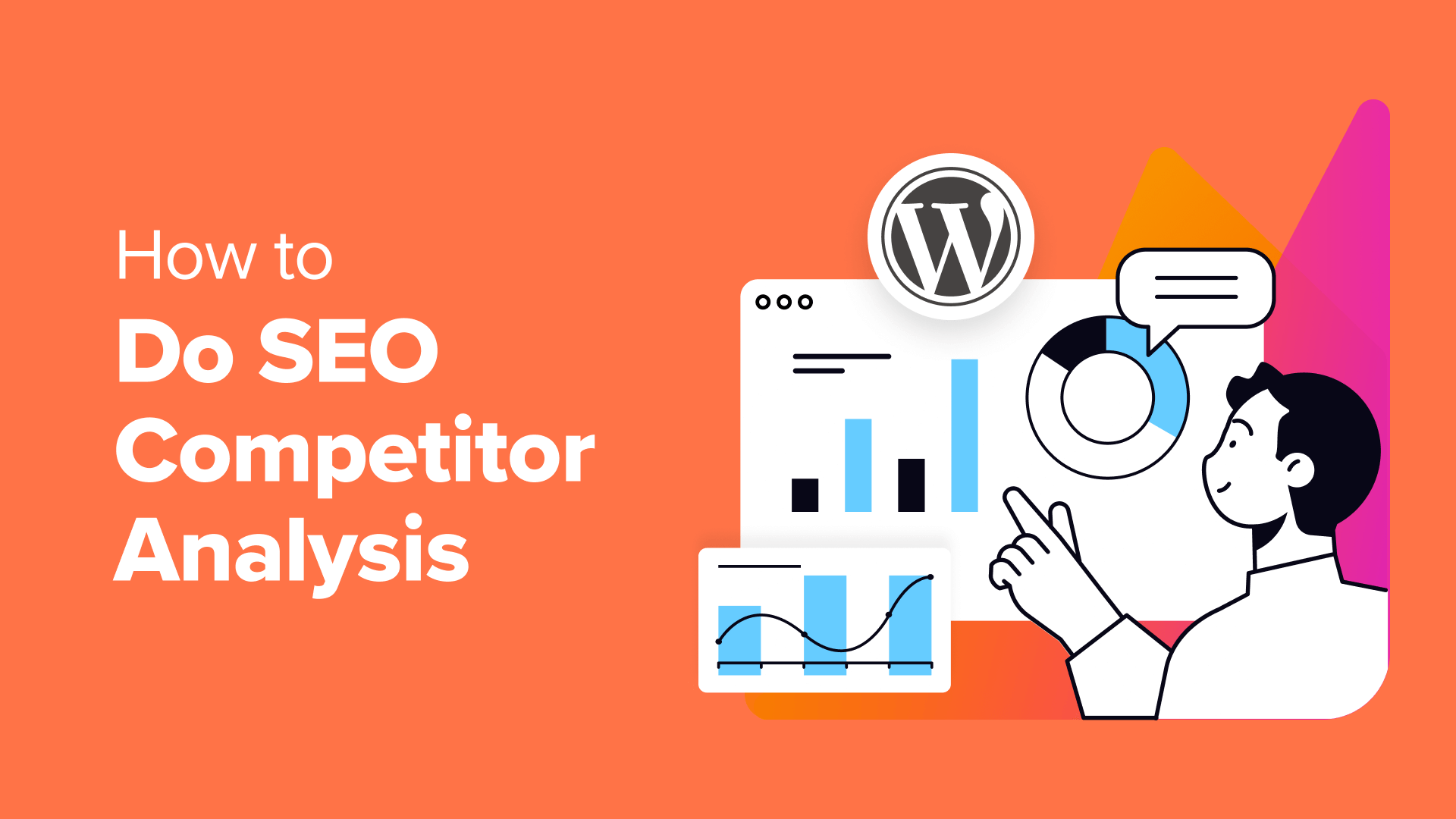In the digital age, where social media platforms serve as crucial touchpoints between brands and their audiences, having a robust social media moderation plan is essential. An effective moderation strategy not only safeguards your brand's reputation but also ensures a positive experience for your users. This guide will provide you with a comprehensive framework for crafting an effective social media moderation plan in 2024.
Importance of Social Media Moderation
Social media moderation plays a vital role in maintaining a brand's online presence. Proper moderation helps in filtering out inappropriate content, managing user interactions, and preventing potential crises. Poor moderation can lead to a tarnished brand image, user dissatisfaction, and even legal issues.
Objective of the Guide
This guide aims to provide a structured approach to creating an effective social media moderation plan. By following these steps, you can ensure that your moderation efforts are efficient, aligned with your brand values, and adaptable to evolving challenges.
Understanding Social Media Moderation
Definition and Purpose
Social media moderation involves overseeing and managing user-generated content on social media platforms. The purpose is to ensure that interactions align with your brand's guidelines and standards, protecting both the brand and its users.
Types of Moderation
- Proactive Moderation: Involves setting up preventive measures such as content screening tools and automated filters to prevent inappropriate content from being published.
- Reactive Moderation: Focuses on responding to and managing issues as they arise, including addressing user complaints and handling reported content.
Key Components of a Social Media Moderation Plan
Establishing Guidelines and Policies
- Community Guidelines: Develop clear and concise rules that outline acceptable and unacceptable behavior. These guidelines should address topics like hate speech, harassment, and spam.
- Content Policies: Define what constitutes acceptable content and establish protocols for handling violations. This includes setting standards for posts, comments, and shared media.
Assigning Roles and Responsibilities
- Moderation Team: Designate individuals or teams responsible for moderation tasks. This may include community managers, moderators, and content reviewers.
- Roles and Hierarchy: Clearly define the roles and responsibilities within the moderation team, including who handles different types of issues and the escalation points for complex situations.
Implementing Moderation Tools
- Automated Tools: Utilize AI-driven tools for content filtering and flagging. These tools can help identify and manage inappropriate content more efficiently.
- Manual Moderation: Establish processes for human review, particularly for nuanced or complex issues that automated tools may not handle effectively.
Training and Onboarding
- Moderator Training: Provide comprehensive training for moderators on your guidelines, tools, and best practices. Ensure they are equipped to handle various types of content and interactions.
- Ongoing Education: Offer regular updates and refresher courses to keep moderators informed about new policies, tools, and emerging trends.
Creating a Response and Escalation Plan
Handling Common Issues
- Spam and Bots: Implement strategies to identify and remove spammy content and automated accounts. Regularly update filters and review flagged content.
- Abuse and Harassment: Develop procedures for managing abusive behavior and harassment. This includes setting up reporting mechanisms and response protocols.
Escalation Procedures
- Escalation Protocols: Define steps for escalating complex or sensitive issues to higher authorities or specialized teams. Ensure that escalation paths are clear and efficient.
- Crisis Management: Prepare a plan for handling major incidents or PR crises, including steps for communicating with stakeholders and addressing widespread issues.
Monitoring and Evaluating the Moderation Plan
Performance Metrics
- Key Metrics: Track metrics such as engagement rates, response times, and resolution rates. These metrics help evaluate the effectiveness of your moderation efforts.
- Analytics Tools: Use analytics tools to measure performance and gain insights into moderation activities. This data can inform adjustments and improvements.
Regular Reviews and Updates
- Periodic Assessments: Schedule regular reviews of your moderation practices and policies. Assess the effectiveness and make necessary updates based on performance data and feedback.
- Adapting to Changes: Stay adaptable to new challenges, platform changes, and emerging trends. Continuously refine your moderation plan to meet evolving needs.
Best Practices for Social Media Moderation
Transparency and Communication
- Clear Communication: Inform users about moderation policies and actions. Transparency helps build trust and sets clear expectations.
- Feedback Mechanisms: Provide channels for users to appeal decisions or give feedback. This encourages a positive interaction and helps resolve disputes.
Building a Positive Community
- Engagement Strategies: Foster positive interactions and community-building activities. Encourage constructive contributions and facilitate engaging discussions.
- Recognizing Positive Behavior: Highlight and reward users who contribute positively to the community. This helps promote a healthy and supportive environment.
Legal and Ethical Considerations
Compliance with Regulations
- Data Protection: Ensure compliance with data protection laws such as GDPR and CCPA. Handle user data responsibly and securely.
- Content Moderation Laws: Adhere to legal requirements related to content moderation, including guidelines on freedom of expression and content liability.
Ethical Moderation Practices
- Fairness and Consistency: Apply moderation policies consistently and fairly. Avoid favoritism and ensure that all users are treated equitably.
- Avoiding Bias: Implement practices to minimize bias in moderation decisions. This includes training moderators to recognize and address potential biases.
Recap of Key Points
Creating an effective social media moderation plan involves establishing clear guidelines, assigning roles, implementing tools, and continuously monitoring performance. A well-crafted plan ensures that your social media presence remains positive and professional.
Encouragement to Customize and Adapt
Tailor your moderation plan to fit the specific needs and goals of your organization. Adapt and refine your strategy based on ongoing feedback and evolving trends.
Resources for Further Learning
- Links to Moderation Tools and Software: Explore tools to enhance your moderation efforts.
- Guides on Social Media Policies and Best Practices: Learn more about developing effective social media policies.
- Training Programs and Courses for Moderators: Invest in training to improve moderation skills and knowledge.
Frequently Asked Questions (FAQ) –
1. What is social media moderation?
Social media moderation involves overseeing and managing user-generated content on social media platforms to ensure that it adheres to your brand's guidelines and standards. This includes filtering inappropriate content, managing interactions, and addressing any issues that arise.
2. Why is social media moderation important?
Effective social media moderation helps protect your brand’s reputation, ensures a positive user experience, and prevents the spread of harmful or inappropriate content. It also aids in managing user interactions and maintaining a constructive online environment.
3. What are the key components of a social media moderation plan?
The key components include:
- Establishing Guidelines and Policies: Creating clear community and content guidelines.
- Assigning Roles and Responsibilities: Designating team members for moderation tasks.
- Implementing Moderation Tools: Utilizing automated and manual moderation tools.
- Training and Onboarding: Educating moderators on guidelines and tools.
- Creating a Response and Escalation Plan: Handling issues and escalating complex problems.
4. How do I develop community guidelines for social media moderation?
Create community guidelines by outlining acceptable and unacceptable behaviors, addressing issues such as hate speech, harassment, and spam. Ensure these guidelines are clear, concise, and aligned with your brand’s values.
5. What roles and responsibilities should be included in a moderation team?
Roles in a moderation team typically include:
- Moderators: Responsible for daily content review and user interaction management.
- Community Managers: Oversee overall community engagement and handle complex issues.
- Escalation Points: Higher-level staff for dealing with severe issues or crises.
6. What tools can help with social media moderation?
Tools that aid in moderation include:
- Automated Tools: AI and machine learning solutions for filtering and flagging content.
- Manual Moderation: Processes for human review of flagged or complex content.
- Analytics Tools: For monitoring performance and tracking key metrics.
7. How can I train my moderation team effectively?
Provide comprehensive training on:
- Guidelines and Policies: Ensure moderators understand the rules and procedures.
- Moderation Tools: Train on the use of tools and technologies.
- Ongoing Education: Offer regular updates and refresher courses to keep skills current.
8. What should be included in a response and escalation plan?
A response and escalation plan should cover:
- Handling Common Issues: Procedures for dealing with spam, bots, and harassment.
- Escalation Protocols: Steps for escalating issues to higher authorities or specialized teams.
- Crisis Management: Strategies for managing major incidents and PR crises.
9. How do I measure the effectiveness of my social media moderation plan?
Measure effectiveness by tracking:
- Performance Metrics: Engagement rates, response times, and resolution rates.
- Analytics: Use tools to gain insights into moderation activities and make data-driven improvements.
10. How often should I review and update my moderation plan?
Regularly review and update your moderation plan at least quarterly or whenever significant changes occur in your organization, social media platforms, or industry standards. Continuous assessment ensures the plan remains effective and relevant.
11. What are some best practices for social media moderation?
Best practices include:
- Transparency and Communication: Clearly communicate moderation policies to users.
- Building a Positive Community: Foster positive interactions and reward constructive behavior.
- Fairness and Consistency: Apply moderation policies consistently and avoid bias.
12. What legal and ethical considerations should I keep in mind?
Consider:
- Compliance with Regulations: Adhere to data protection laws and content moderation regulations.
- Ethical Practices: Ensure fairness, consistency, and avoid bias in moderation decisions.
13. How can I stay updated on social media moderation trends and best practices?
Stay informed by:
- Monitoring Trends: Keep an eye on emerging trends and changes in social media platforms.
- Reading Industry Articles: Follow blogs and reports on moderation best practices.
- Participating in Training: Engage in courses and workshops for ongoing education.























